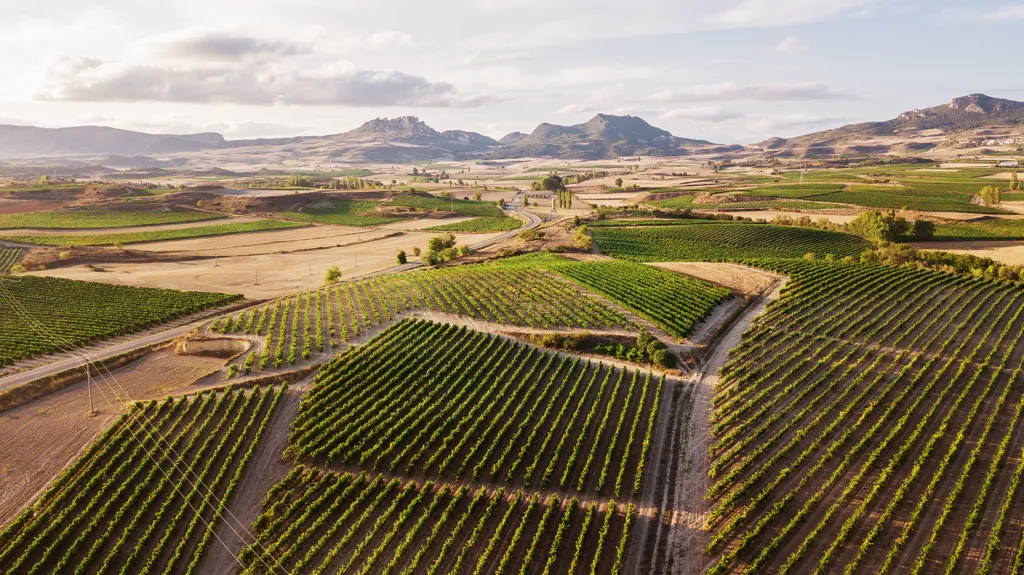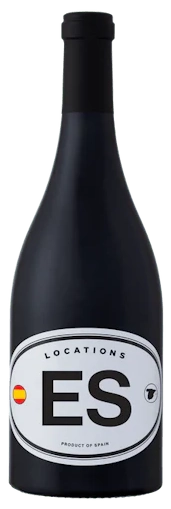
Spain
Spain is a country located in the Iberian Peninsula in southwestern Europe. It is bordered by the Mediterranean Sea to the south and east, the Atlantic Ocean to the west, and the Bay of Biscay to the north. With a long history of winemaking, Spain is one of the oldest wine-producing countries in the world. Wine production in Spain dates back to the Phoenicians, who introduced the first vines to the country in the 8th century BC. The Romans then expanded the vineyards and developed the winemaking industry. During the Middle Ages, the Moors brought new grape varieties and winemaking techniques to the region. In the 16th century, Spanish wines were exported to the rest of Europe, and the country became one of the most important wine-producing countries in the world.
The most important widely planted grape varieties in Spain are Tempranillo, Garnacha, Monastrell, and Albariño. Tempranillo is the most important variety, used to make the country's iconic red wines. Garnacha is used to make powerful red wines, as well as rosé and white wines. Monastrell is used to make full-bodied red wines, while Albariño is used to make crisp, aromatic white wines.
Some of the most famous wine producers in Spain include Bodegas Vega Sicilia, Bodegas Muga, Bodegas Torres, and Bodegas Herederos del Marqués de Riscal. Bodegas Vega Sicilia is one of the most iconic wineries in the country, producing some of the finest red wines in the world. Bodegas Muga is known for its powerful red wines made from the Tempranillo grape. Bodegas Torres is one of the largest wineries in Spain, producing a wide range of sustainable and organic wines from the country's most important regions.
Spain is one of the three largest producers in the world. Annually, Spain competes with France and Italy for the title of the largest producer.








